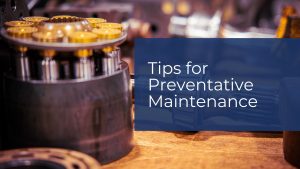

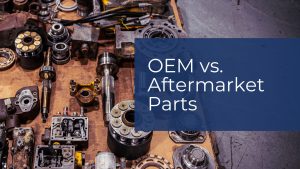
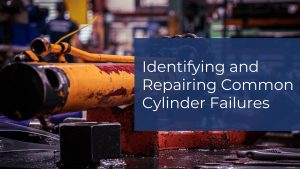
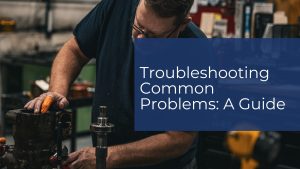
We’re looking forward to working with you. Whether you have questions about products or services, our team is ready to help.
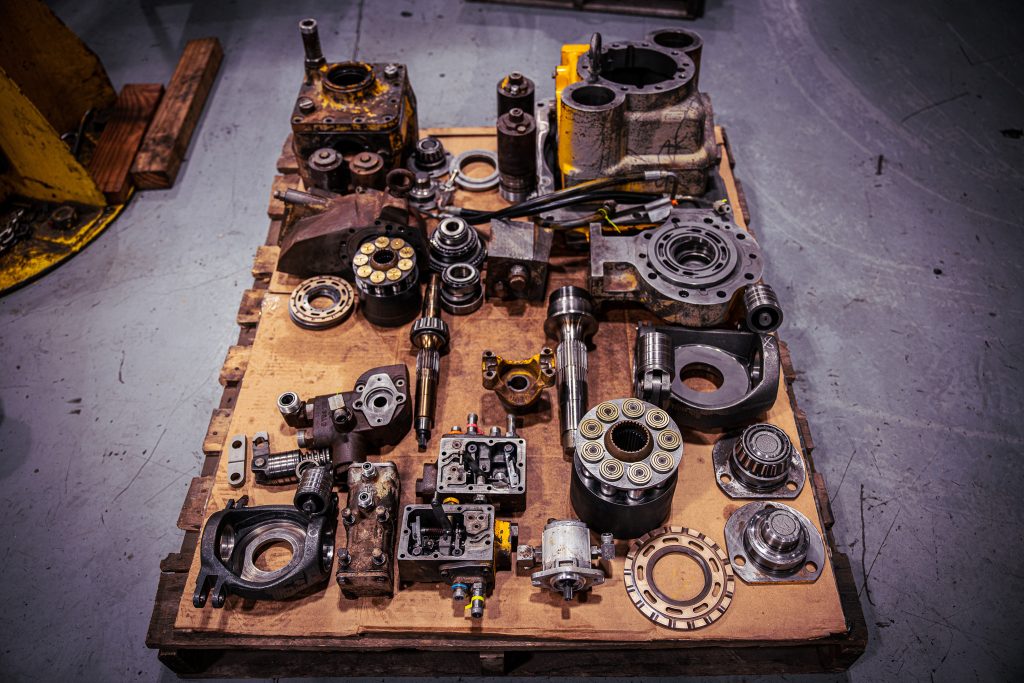
When it comes to hydraulic system repairs, one of the most important decisions you’ll face is choosing between OEM (Original Equipment Manufacturer) parts and aftermarket parts. Both options come with their own advantages and trade-offs, and understanding these differences make a significant impact on the longevity, performance, and cost of your hydraulic equipment. We’ll break down the benefits and considerations of OEM vs. aftermarket parts to help you make the best choice for your hydraulic repair needs.
OEM parts are components made by the same manufacturer who originally produced the equipment. These parts are designed to meet the exact specifications of the original machinery, ensuring a seamless fit and performance that matches the equipment’s original standards.
Aftermarket parts are produced by third-party manufacturers and are designed to be compatible with a wide range of equipment. These parts often come in different price ranges and may offer varying levels of quality.
When deciding between OEM and aftermarket parts for your hydraulic repair, it’s important to consider the specific needs of your equipment and your budget.
Both OEM and aftermarket parts have their place in hydraulic repair, and the best choice depends on your equipment’s needs, your budget, and the availability of parts. While OEM parts offer reliability and guaranteed performance, aftermarket parts can provide cost savings and broader availability. Whichever route you choose, be sure to work with a reputable hydraulic repair service that can help guide you toward the best solution for your specific situation.
At Allied Hydraulic, we offer expert repair services and can source both OEM and high-quality aftermarket parts to suit your needs. Contact us today to discuss how we can help keep your hydraulic systems running smoothly and efficiently.